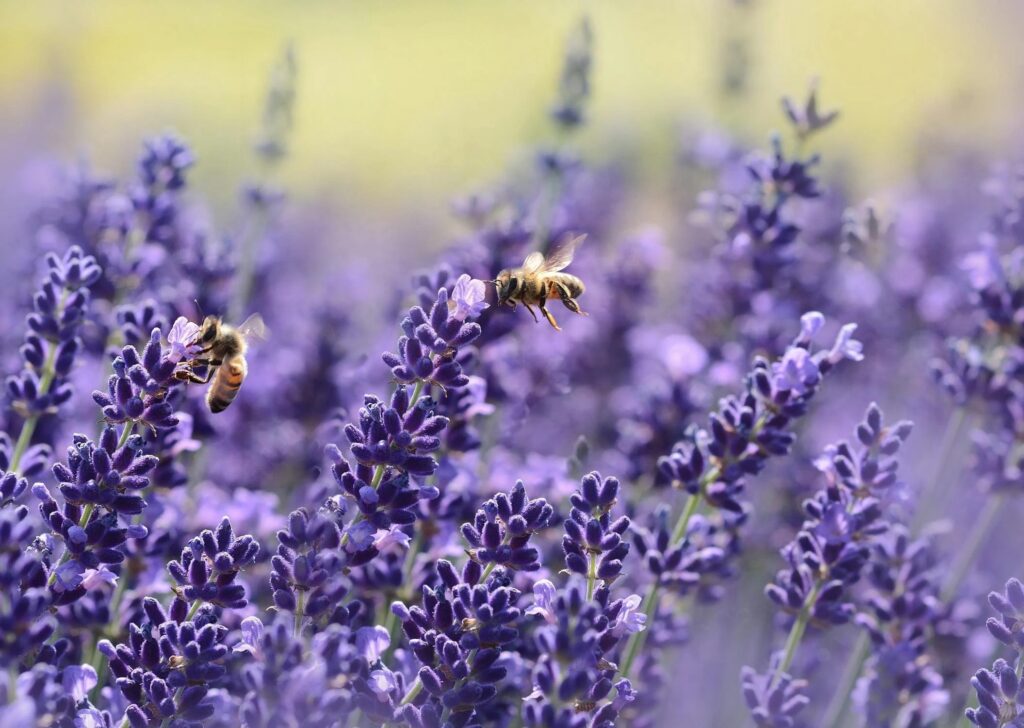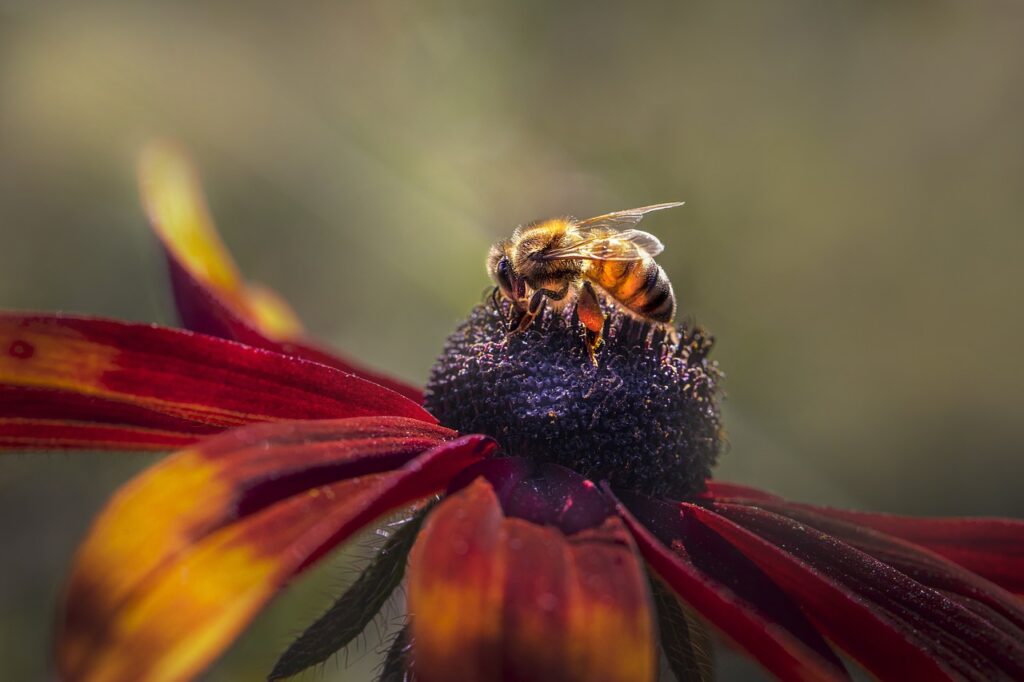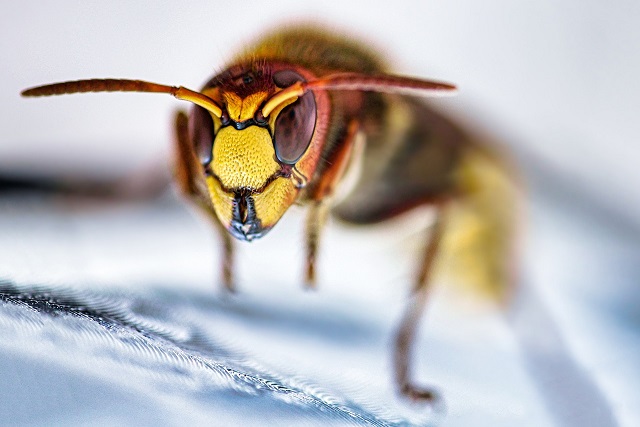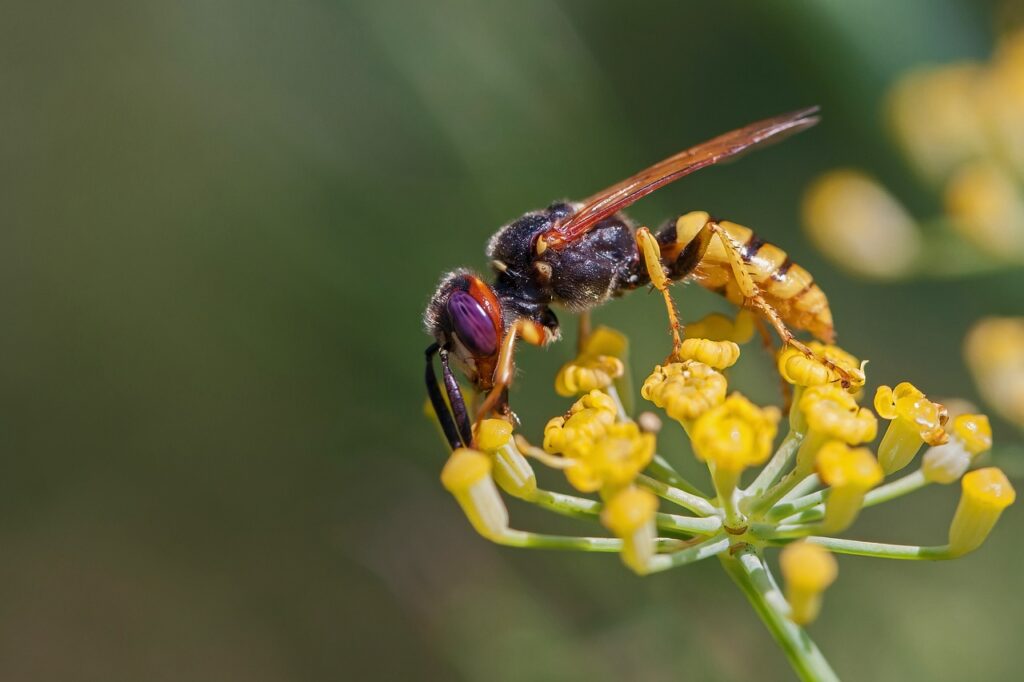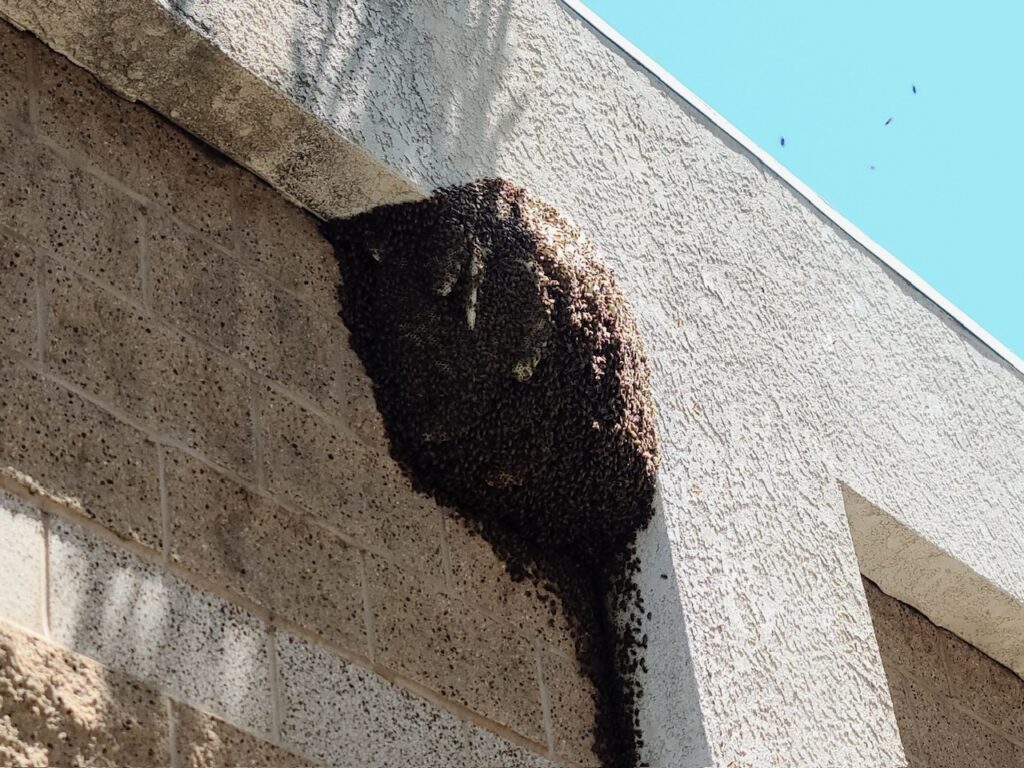Bee News
Winter drone bees



In a beehive, there are three main types of bees: the queen, worker bees, and drone bees. Drone bees are male bees whose primary role is to mate with virgin queens. Unlike worker bees, they do not collect nectar or pollen, build combs, or care for the young. Due to their limited contribution to the hive’s survival, drone bees are often seen as expendable when resources become scarce.
During seasons of abundant nectar flow, bees prioritize the production of drones to ensure genetic diversity in future generations. However, when resources such as nectar and pollen are scarce, the colony shifts its focus to survival mode. The queen bee, who is the mother of all bees in the hive, begins to reduce or stop laying eggs that will develop into drone bees. This is a strategic move to conserve resources and energy for the more essential tasks of foraging, caring for the young, and maintaining the hive.
As the number of drone bees dwindles, worker bees may begin to actively remove or kill off any remaining drones in the hive. This process, known as “drone eviction,” is a harsh but necessary measure to ensure the colony’s survival. Worker bees may prevent drones from entering the hive, refuse to feed them, or even engage in physical aggression to drive them out.
One reason for this behavior is that drone bees consume valuable resources without contributing significantly to the hive’s productivity. Drones require food and shelter but do not engage in tasks that directly benefit the colony, such as foraging or nursing larvae. In times of scarcity, the colony cannot afford to support non-essential members and must prioritize the well-being of the queen, worker bees, and developing brood.
Furthermore, drone bees have a limited lifespan and serve a specific purpose in the bee reproductive cycle. Once they have fulfilled their duty of mating with virgin queens, their presence becomes less critical to the hive’s functioning. By sacrificing drones during periods of resource scarcity, the colony redirects its resources towards the survival and prosperity of the core members.
It is essential to understand that this behavior is a natural and adaptive response that has evolved over millions of years to ensure the long-term survival of bee colonies. While the eviction or killing of drones may seem harsh, it is a practical strategy employed by bees to optimize their chances of overcoming challenging environmental conditions.
Bees kill off drone bees when honey flow reduces to preserve the colony’s resources and focus on essential tasks. This process of drone eviction is a crucial survival strategy that allows bee colonies to adapt to changing environmental conditions and thrive in the face of adversity.








